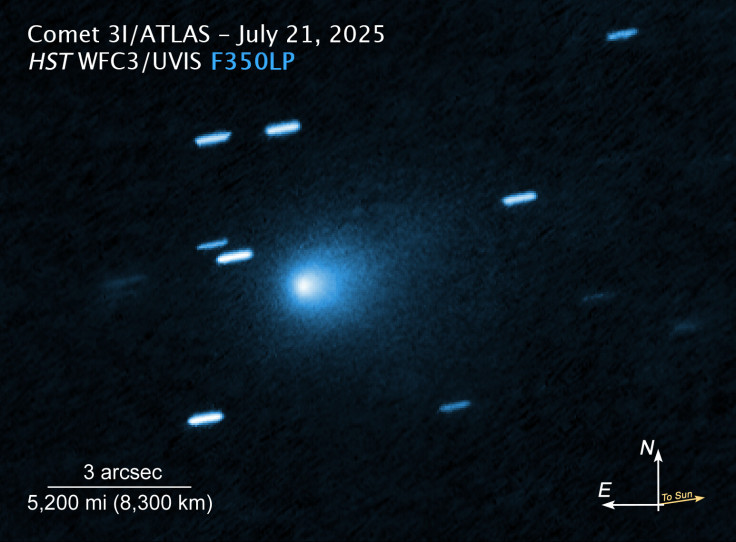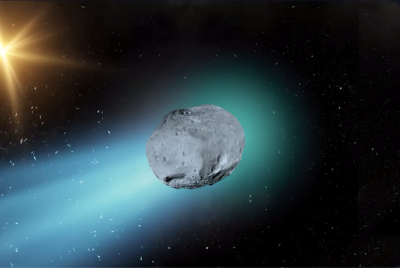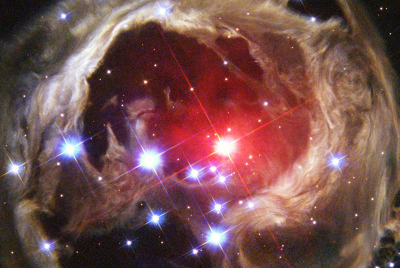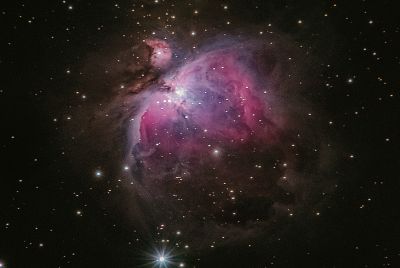3I/ATLAS Sparks Alien Tech Panic: Manhattan-Sized Visitor Emits Industrial Nickel Alloy, Harvard Scientist Alarmed
An unnatural metal alloy from an interstellar object has sparked an alien technology debate.

Imagine an object the size of Manhattan silently gliding through our Solar System. Now, imagine it's made of something that shouldn't exist in nature.
Scientists are facing this exact reality, and it's raising a monumental question: Did we just find evidence of alien technology?
Is a Manhattan-Sized Visitor Watching Us?
Astronomers have identified an extraordinary cosmic traveller named 3I/ATLAS, which entered the Solar System earlier this year. According to the New York Post, the object, estimated to span nearly 13 miles (21 kilometres) across, was first detected by the ATLAS survey in Hawaii.
Its composition, however, has stunned the scientific community and made it a global talking point.
Researchers say 3I/ATLAS releases metallic vapour composed of nickel and chromium. This combination is commonly used in high-temperature industrial alloys but is entirely unknown in naturally occurring space objects.
'It Points to an Artificial Origin': Harvard Professor Raises the Alien Question
Harvard astrophysicist Dr Avi Loeb, known for his controversial work on interstellar phenomena, described the find as 'unprecedented'.
In an interview cited by the New York Post, Loeb remarked that the material's spectral signature 'does not match any natural asteroid or comet we've catalogued'.
He added, 'If this alloy was manufactured, it would point to an artificial origin, potentially a probe or fragment of alien technology'. This comment has reignited discussions reminiscent of Loeb's research into 'Oumuamua, the first interstellar visitor spotted in 2017.
Why This Object's Metallic Vapour Defies Natural Explanation
Spectroscopic readings collected by observatories in Chile and Spain revealed metallic emissions consistent with Inconel-type alloys, which are used in spacecraft and jet engines on Earth.
Experts say this discovery is peculiar for several reasons.
Nickel-chromium alloys require extremely high melting points, conditions that are rarely found outside of complex industrial processes. Furthermore, 3I/ATLAS displays non-gravitational motion, suggesting some form of propulsion or unusual outgassing. The object's surface reflectivity is also unnaturally high, consistent with polished metal.
Dr Laura Benton of the European Southern Observatory told The Guardian that while no one is declaring 'alien hardware' just yet, 'the data forces us to question our assumptions about what's naturally possible in the interstellar medium'.
From #AlienAlloy Memes to Government Conspiracies: How the World Is Reacting
As news of the discovery spread, social media platforms erupted with speculation and memes. Hashtags like #AlienAlloy and #AtlasProbe trended across X (formerly Twitter), with users debating whether Earth had just encountered its first extraterrestrial artefact.
Conspiracy theorists have gone further, suggesting government agencies may already be tracking 3I/ATLAS for potential retrieval.
NASA, however, has downplayed these rumours, stating in a press release that the object poses 'no immediate threat' to Earth and is expected to exit the Solar System by 2026.
What Are Scientists Doing to Uncover the Truth?
Despite the hysteria, scientists continue to gather data before drawing firm conclusions. Loeb's research group at Harvard's Galileo Project is reportedly using high-resolution telescopes to track 3I/ATLAS's trajectory and analyse its emissions in more detail.
Meanwhile, international space agencies have proposed a joint observation campaign to capture clearer imagery of the object as it approaches perihelion later this year.
'Even if this turns out to be a natural phenomenon', said Dr Benton, 'it will expand our understanding of how metals form and survive in interstellar environments'.
An Alien Relic or a Cosmic Quirk? The Mystery Remains
Whether 3I/ATLAS is a relic of alien engineering or a bizarre quirk of cosmic chemistry, its arrival has captivated scientists and the public alike.
For now, the metallic visitor continues its silent journey through our Solar System, a shimmering question mark against the vast darkness of space.
© Copyright IBTimes 2025. All rights reserved.





















